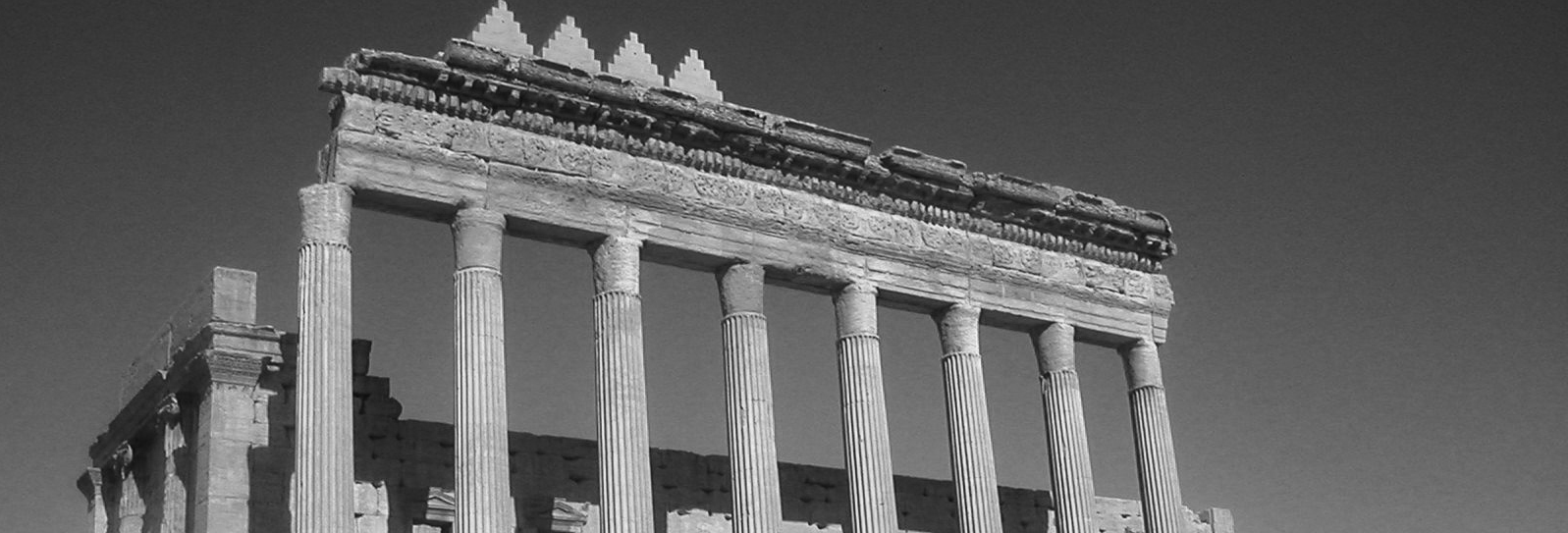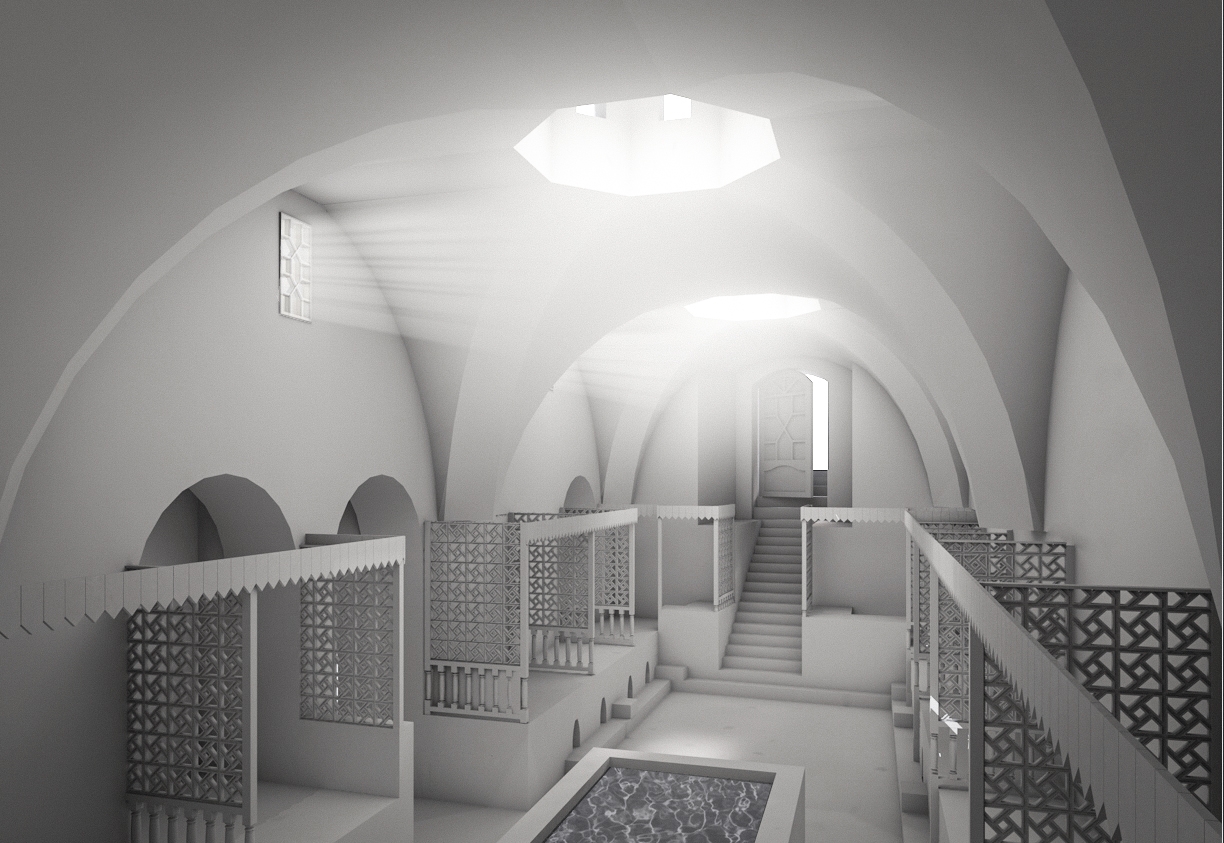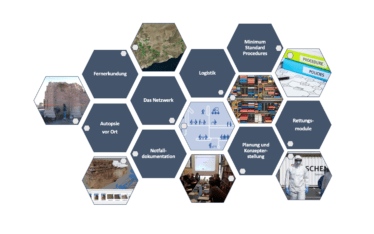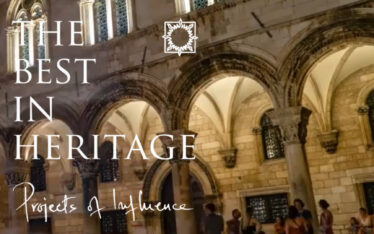
3D-model of the Aleppo bazaar
- Home
- 3D-model of the Aleppo bazaar


The digital 3D-model of the Aleppo bazaar serves as a tool for cultural heritage preservation measures and for the creation of a team of experts and young academics.
The project “3D-model of the Aleppo bazaar” is part of the initiative “Zero Hour – A Future after the Crisis”. The Aleppo bazaar is one of the historically most important bazaars in the Islamic world and, as part of the old city of Aleppo, it was listed as a UNESCO World Heritage site in 1986. The project aims to create a model of the Aleppo bazaar as it looked in 2011. This model will serve as a scientifically sound basis for heritage decision-making during the planning of future reconstruction.
The virtual 3D-model helps to visualise the state of the bazaar prior to the war damage and will therefore show the existing historic monuments. The digital reproduction also offers the possibility of conveying the complexity of the structures in a plausible way. At the same time it answers a relevant question with regard to heritage decision-making: what are the elements of the bazaar that can be reconstructed reliably and how is this possible? The virtual 3D-model construction thus serves as a presentation medium but also as a tool. In this way, it is possible to verify how much information is available for distinct parts of a building.
Another important aim of the project is to link the concrete creation of a 3D-model with the education and training of experts and young academics in the region at German universities. Furthermore the project offers the people involved in the project the chance to connect with each other.
The development of the 3D-model involves several consecutive steps and two project stages. During the initial stage a selected representative sample area was identified. Then followed the inventory and research of the available data basis with the aim of establishing plan bases. The 3D-model was created on the basis of the structured data acquisition. Then followed an evaluation of and modifications to the research strategy. The progress of the work tested during project stage 1 has currently been extended to include the creation of the 3D-model of the entire area (project stage 2). In addition, metadata related to specific buildings and parts of buildings were incorporated.
The data research and the development of the 3D-model were carried out in two work groups, which worked in close coordination in two different locations. The research and the preparation of the building information were carried out in Berlin at the department of architecture of the German Archaeological Institute. The actual virtual model was constructed at the faculty of architecture at the Regensburg University for Applied Sciences (OTH), as part of the master programme historic building research.
Superordinate project: Zero Hour – A Future after the Crisis
Start: 01.02.2017
End: 31.01.2019
Management (Berlin working group, DAI department of architecture):
Dr. habil. Martina Müller-Wiener, Berliner Arbeitsgemeinschaft Bauforschung und Denkmalpflege im Orient (BABDO)
Dr. Anne Mollenhauer, Berliner Arbeitsgemeinschaft Bauforschung und Denkmalpflege im Orient (BABDO)
Collaborators:
Dipl.-Ing. Mayssoun Issa M.Sc. (coordination)
Zoya Masoud M.Sc.
Hossen Alkhash M.Sc.
Cooperation partners (Regensburg working group, OTH faculty of architecture)
Management: Prof. Dr.-Ing. Dietmar Kurapkat, Fakultät Architektur, OTH Regensburg
Collaborators:
Tutku Topal MA (coordination)
Dipl.-Ing. (FH) Architekt Martin Fleischmann
Franz Ausserstorfer MA
Philipp Mai (B.A.)
Title image: digital reproduction of the Aleppo bazaar project | © OTH Regensburg.
Archaeological Heritage Network is made possible by many national and international partners. The Federal Foreign Office and the Gerda Henkel Foundation supports the network.


